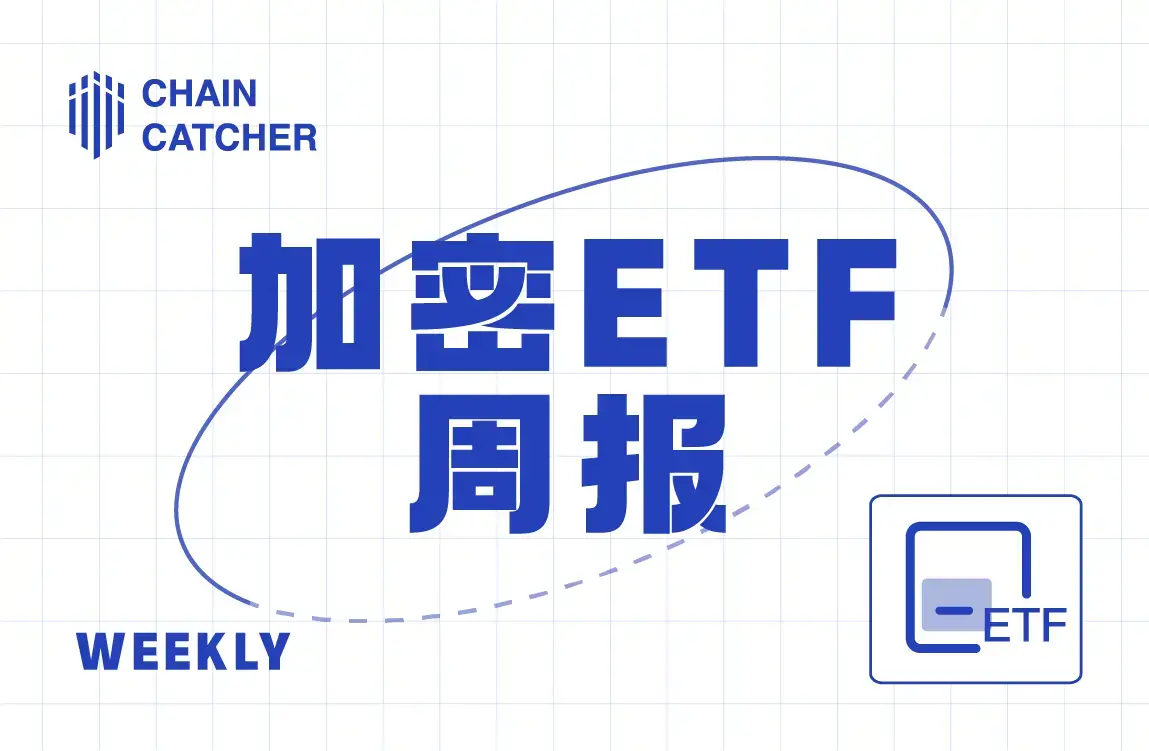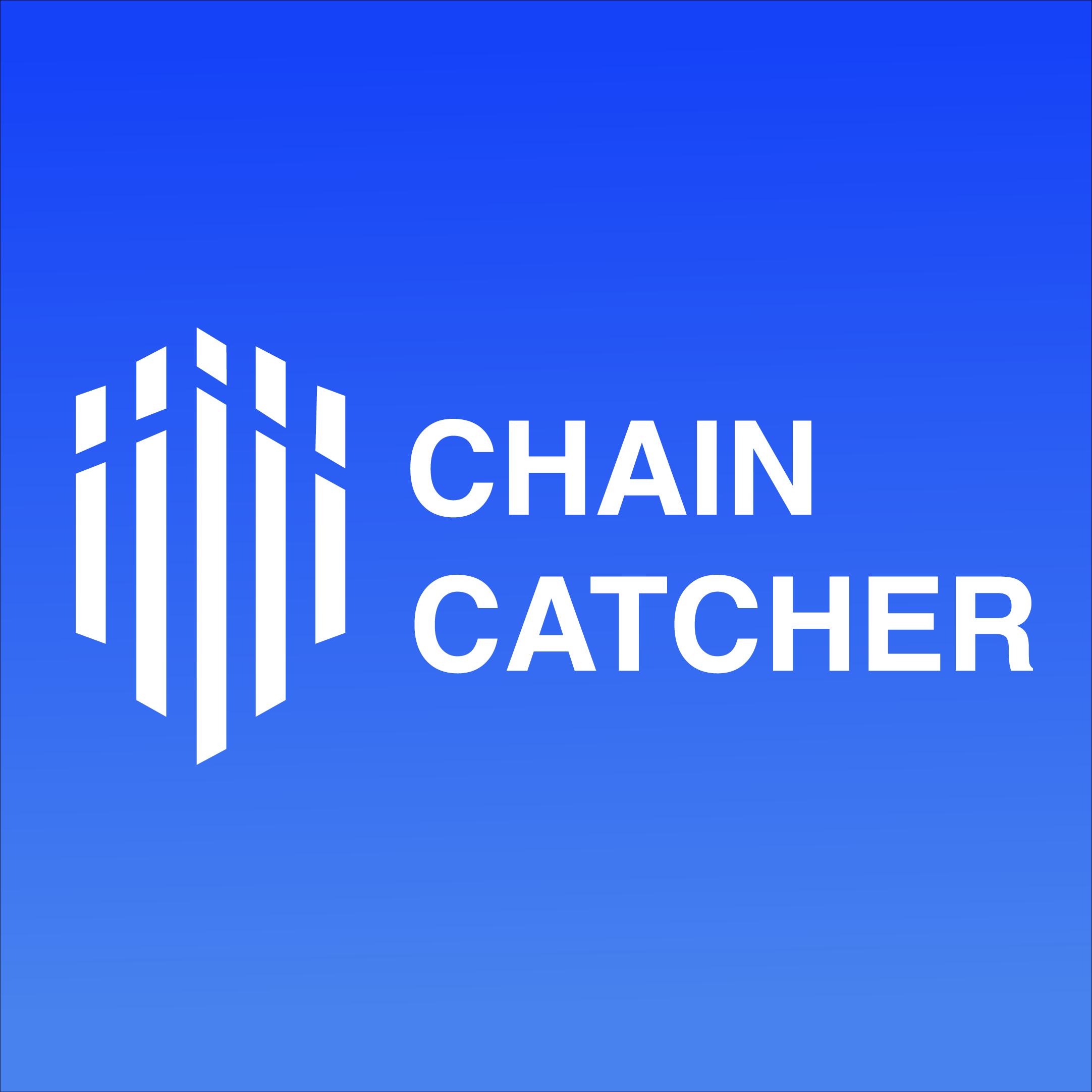OpenSea Content Governance Dilemma: Starting from the Okay Bears Hot Imitation Removal Incident
Author: Nianqing, Chain Catcher
Editors: Demian, Gu Yu
The NFT momentum on the Solana ecosystem is rising, and as the most explosive blue-chip NFT project on the Solana chain, "Okay Bears" has been continuously popular recently, ranking in the top three on the Opensea popularity chart for several days. Its floor price has skyrocketed from 1.5 SOL at the time of public sale to 193 SOL. However, while people are still discussing the bright future of the Solana NFT market and whether Okay Bears will replace the Bored Ape Yacht Club (BAYC) in the near future, an unexpected incident occurred.
This wave also heated up a "copycat" NFT of "Okay Bears": "Not Okay Bears." Not Okay Bears is a mirror version of Okay Bears, but minted on Ethereum. According to Nansen, Not Okay Bears was launched on May 16, with a mediocre sales performance at the start, but quickly saw a surge in trading volume and price on May 17, reaching a peak sale price of 4.21 ETH, with an average price that once exceeded 0.4 ETH.

1. The Clear Narrative of Not Okay Bears: ETH > Solana
This growth primarily stems from a large number of NFT KOLs buying in and promoting it. Among them, Hustler created a controversy with a tweet on May 16, attracting considerable traffic to Not Okay Bears. He pointed out that Not Okay Bears is an NFT on the Ethereum chain, "not for those poor people," directly stating that Solana is the "poor people's chain." Additionally, he commented on every tweet indicating he purchased a Not Okay Bears NFT: "Cheers to not being poor."

Whether in jest or mockery, Not Okay Bears was thus endowed with a clear narrative: ETH > SOL.
The debate of "ETH VS SOL" has existed since last year, with the new public chain Solana, dubbed the "Ethereum killer," attracting a large number of developers due to its low gas fees and high performance. Solana has also set the mission of "bringing a billion users to Web3." In April of this year, OpenSea officially launched Solana, and with the rising popularity of NFTs on the Solana chain, many began to joke that people were buying Solana NFTs because they couldn't afford the Bored Apes and Punks on ETH, with many members of the Solana community even self-deprecatingly calling themselves "poor."
After Hustler's statement "Solana is for the poor," the "ETH VS SOL" discussion was reignited. As mentioned in the article "NFTs on ETH or NFTs on Solana: The Chicken or the Egg Problem," while Solana saves users more money than its competitors, the platform still lacks products. Most new NFT projects are still based on ETH, making it difficult for these alternative chains to establish a first-mover advantage. Furthermore, some people would rather pay high gas fees to keep their assets on the world's largest public chain, for reasons similar to "why Rolex watches sell for much more than other watches."
Subsequently, the FOMO around Not Okay Bears intensified, and as a "copycat" NFT, it briefly surpassed the original project Okay Bears in popularity on Opensea, ranking first. At this point, it seemed like a victory for ETH NFTs.

However, Not Okay Bears was soon delisted from Opensea, citing the DMCA (Digital Millennium Copyright Act). In the early hours of May 18, several users in the Opensea Discord community inquired about the delisting of Not Okay Bears NFT and technical issues, with the admin stating that the project "infringed on protected intellectual property."
Currently, although Not Okay Bears has been delisted, users can still trade on other NFT markets like X2Y2 and LooksRare. After the delisting, the project quickly cooled down, with the floor price dropping below 0.1 ETH, but this does not mean the project has failed. In a recent Twitter Space, the project team announced that the "sales king" Hustler has become the founder of Not Okay Bears, reigniting the community's enthusiasm, and the NFT price rose again, with the floor price returning to above 0.1 ETH.
The Not Okay Bears community remains angry. On one hand, they believe that Opensea's reasons and actions for delisting the NFT are too "hasty," as there are still many copycat projects on Opensea. If the project was delisted simply because it was too popular, why haven't any actions been taken against the similarly popular Bored Ape Solana Club and SolPunks on the Solana chain?
On the other hand, they accuse the reporters of trying to maintain a market that "makes the rich richer," asserting that their "imitation" is in the spirit of Web3.
2. Controversy Over OpenSea's Review Standards
This is not the first time Opensea has delisted counterfeit NFTs.
At the end of December last year, OpenSea banned two accounts that plagiarized Bored Ape artworks: PHAYC and Phunky Ape Yacht Club. Even though the plagiarists' argument of "promoting decentralization and challenging the wealthy's monopoly on assets" seemed somewhat weak, there were already many voices opposing OpenSea's "centralized" freezing measures at that time, as this contradicts the blockchain technology's characteristic of "anti-censorship."
Additionally, a more well-known example of a delisted NFT is the Ali NFT series ALI & HIS FRIENDS, but this delisting was due to technical reasons and security risks. After the metadata leak issue was resolved, the Ali NFT has been relisted.
Regarding infringement, another notable example occurred last July when a photo taken by a Caixin journalist of a Tibetan woman transporting mining machines captured a historic moment of the closure of a Bitcoin mining site in Sichuan and resembled the famous painting "The Gleaners." It quickly went viral, was re-created, and uploaded to OpenSea as an NFT, selling for several to over a dozen ETH, with the highest price reaching 2021 ETH, yet the photographer was still struggling to pay rent.

In January of this year, during its rapid development phase, OpenSea launched a free minting NFT service to encourage more creators, allowing users to mint NFTs without paying gas fees. This means anyone can create and sell NFTs without upload review.
While this service brought growth to the platform, it also led to more widespread infringement. Recently, with the rise of Irenezhao's NFT, someone altered all of Irenezhao's photos to create nude images and made them into NFTs for sale on OpenSea. Others uploaded "nude photos" from the early "nude photo incident" involving Chen Guanxi to OpenSea. These infringing NFT works have since been removed by the authorities.
OpenSea admitted that its action of "lowering the threshold" has "messed up" the entire platform's ecosystem, stating that over 80% of NFTs minted through this mechanism are plagiarized, infringing, fraudulent, or low-quality works. The reality is that as the OpenSea platform grows larger, how to balance protecting copyright with the decentralized spirit of Web3.0 has become an increasingly urgent issue that needs to be addressed.
Although OpenSea claims that "the security team will actively monitor the platform," current content regulation still relies mainly on a "lazy mechanism." The so-called lazy mechanism means that content is freely published by users, and the platform only decides whether to delist infringing NFTs after they are reported. Moreover, OpenSea currently has only 110 employees globally, indicating that it does not have a large review team like traditional internet companies.
The most direct result of this is the proliferation of infringing NFTs on the platform. Additionally, some unsuspecting NFT buyers may be "scammed," becoming the ultimate victims. For instance, many users have complained in the OpenSea Discord community that their purchased Not Okay Bears NFTs were delisted without any notification, and upon inquiring with the admin, they learned that the project was infringing, which they were previously unaware of, and had not received any "risk warnings" from OpenSea.
OpenSea is also trying other ways to reduce infringement, but judging by the current rampant piracy on the platform, these methods have had little effect. To ensure safety and user accessibility, OpenSea has collaborated with the community to identify and remove certain NFTs. To reduce plagiarism and fraudulent projects, OpenSea announced this month that it is adding NFT duplicate detection and verification features. This includes launching a new system to detect and remove counterfeit NFTs and adjusting the account verification process.
Additionally, OpenSea revealed that they are deploying a brand new copy detection system that can use image recognition technology to scan NFTs on the platform and compare them with real collectibles, looking for flips, rotations, and other variations. OpenSea's manual reviewers will also participate in the detection and review deletion suggestions.
Even if one day OpenSea truly resolves the issue of rampant piracy on its platform, as decentralized assets, NFTs will continue to circulate. Moreover, since different NFT platforms have varying content review standards, so-called "infringing" products will always find a market.
3. What Kind of Content Governance is Needed in the Web3 Era?
Based on the analysis above, a topic worth further exploration is whether OpenSea, as a decentralized platform, has the motivation to change its "lazy review" mechanism?
Unlike Web2 content platforms, OpenSea's revenue mainly comes from a 2.5% transaction fee, and there is no copyright relationship between NFT creators and the platform. Therefore, infringement only targets creators and has little impact on the platform, which means that from an economic interest perspective, OpenSea lacks the motivation that Web2 content platforms have to combat infringement. Furthermore, for platforms like OpenSea that are in a growth phase, review means restricting creators' content creativity, which is not conducive to the platform's rapid expansion.
Infringing content on the internet often has clear regulatory mechanisms, and platforms may bear certain joint liabilities in some cases, potentially facing hefty fines. Thus, they have a clear motivation to establish systematic review mechanisms for platform content. However, for current decentralized platforms, even if they cannot effectively regulate content, they only face public criticism, so there is less motivation to prioritize content regulation.
While most people agree with OpenSea's review of NFTs, some still raise questions: As a decentralized platform, does it have the right to arbitrarily delete and delist works? If OpenSea has the right to delist, does that mean they have an obligation to assess and manage the risks of NFT projects? If this path is followed, wouldn't it ultimately lead to a centralized world like Web2.0?
Of course, reviewing and combating infringing NFTs is necessary, but the key lies in how to establish a complete review mechanism while minimizing negative impacts on users. Additionally, users need to conduct their own research before purchasing NFTs, including aspects such as the issuing team, intellectual property, and potential risks, to avoid unnecessary troubles and losses.
Regardless, the current proliferation of infringing content is a significant blemish for Opensea, which is valued at over a hundred billion dollars, and may lead to further stigmatization of the industry. Opensea needs to consider how to further improve its content review system, whether to establish a systematic, large-scale review department like internet companies or to use token incentives to mobilize community engagement in jointly formulating review systems and participating in specific reviews. How to build a content governance mechanism belonging to the Web3 ecosystem is a challenge and dilemma that Opensea and all NFT trading platforms will face.










